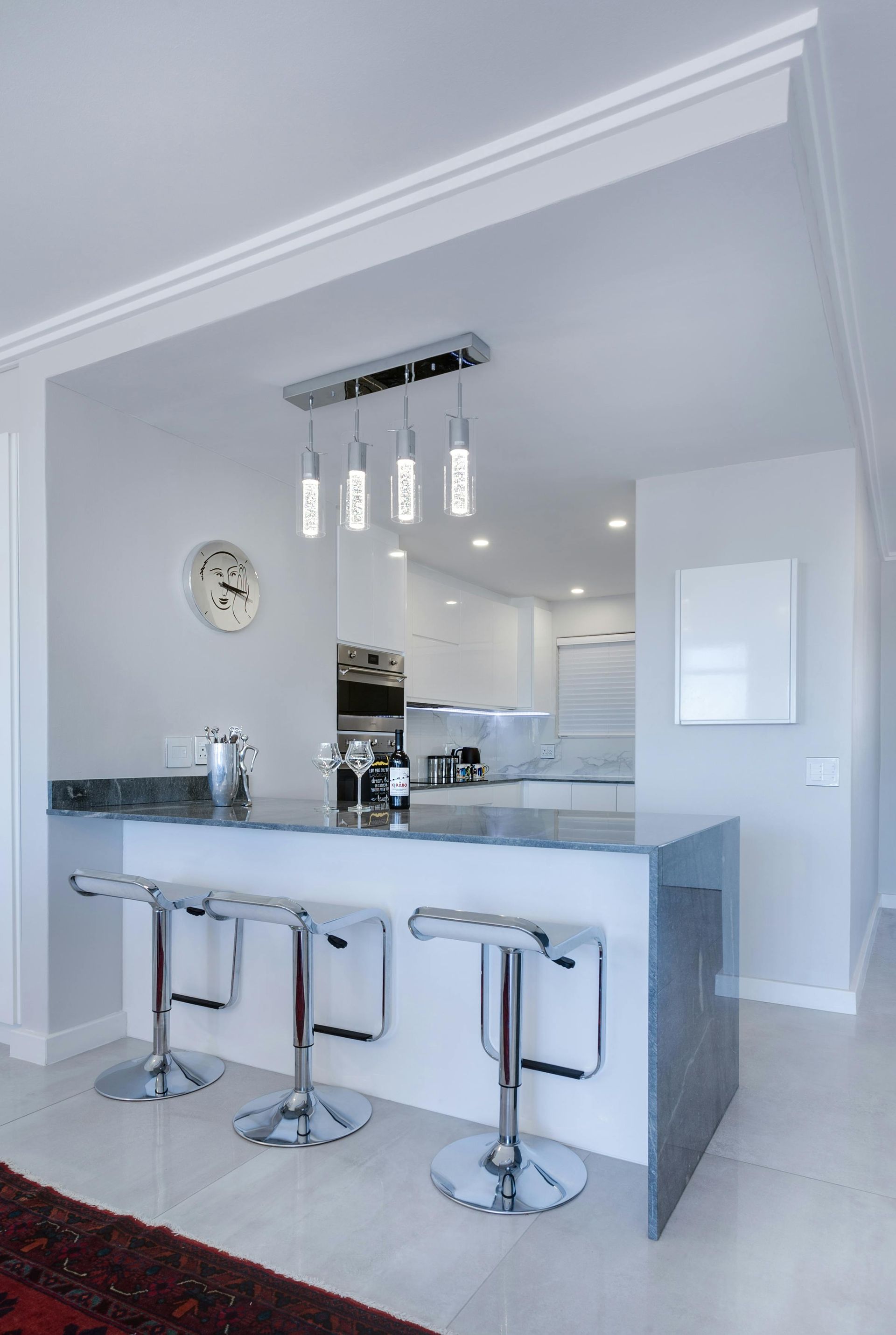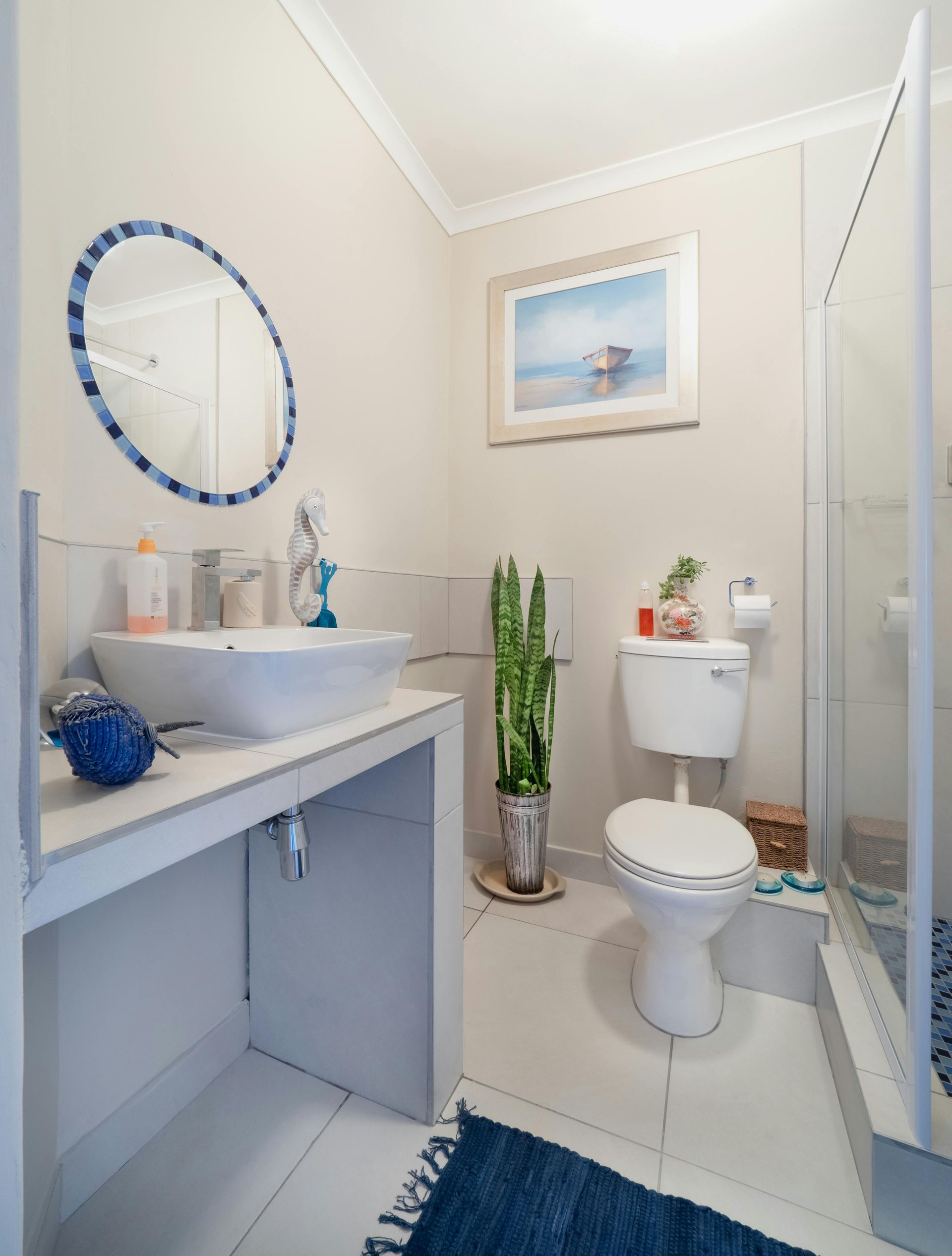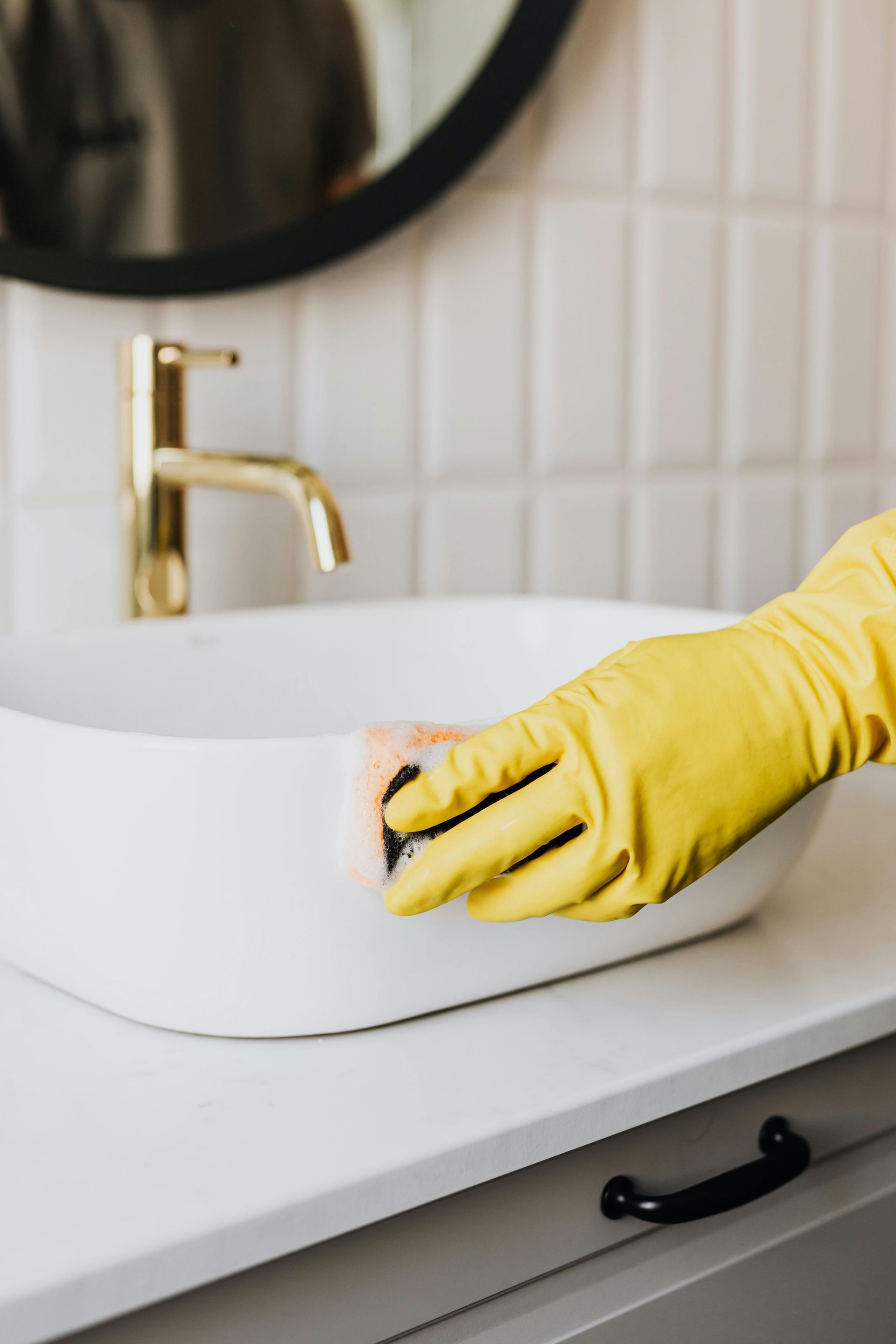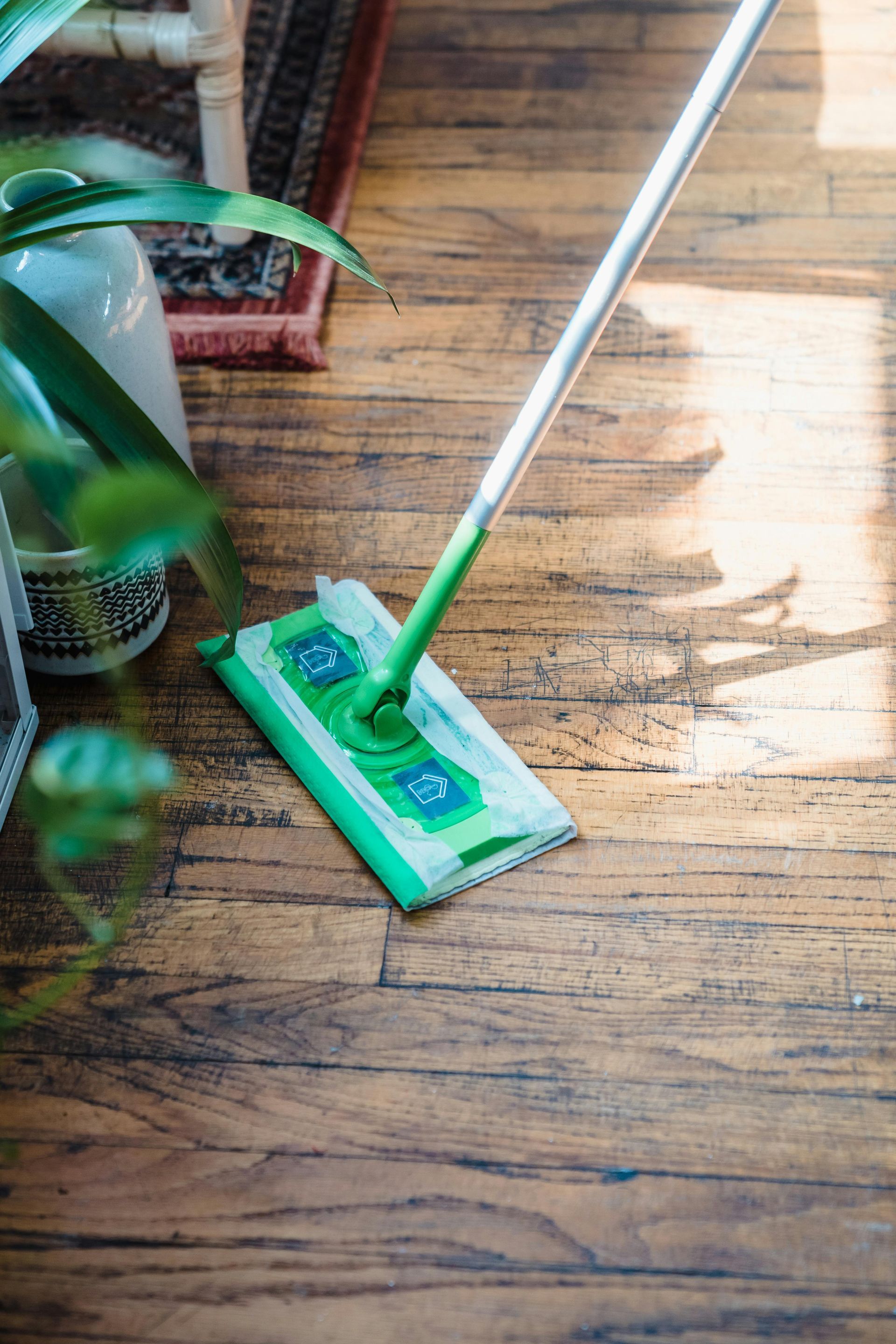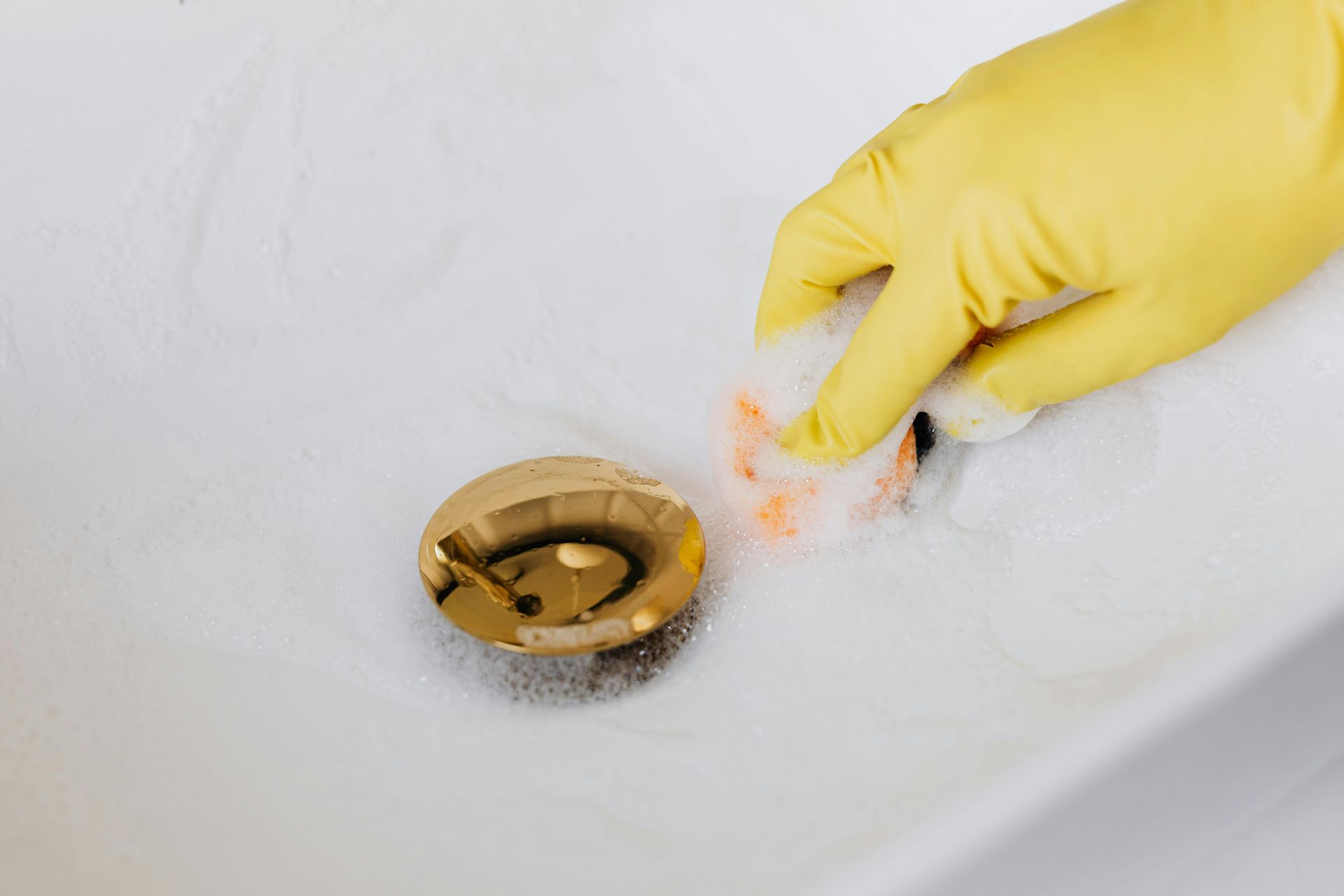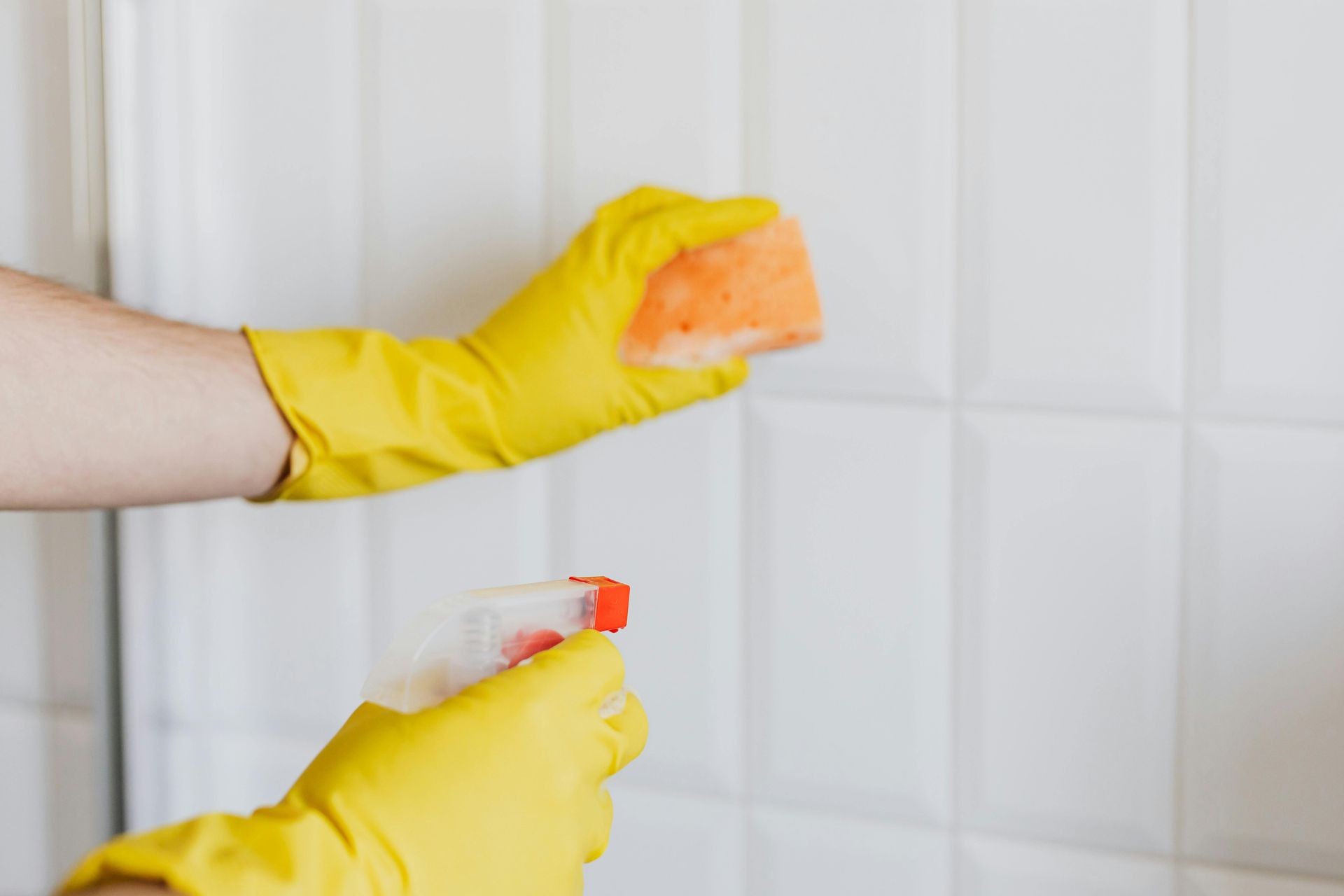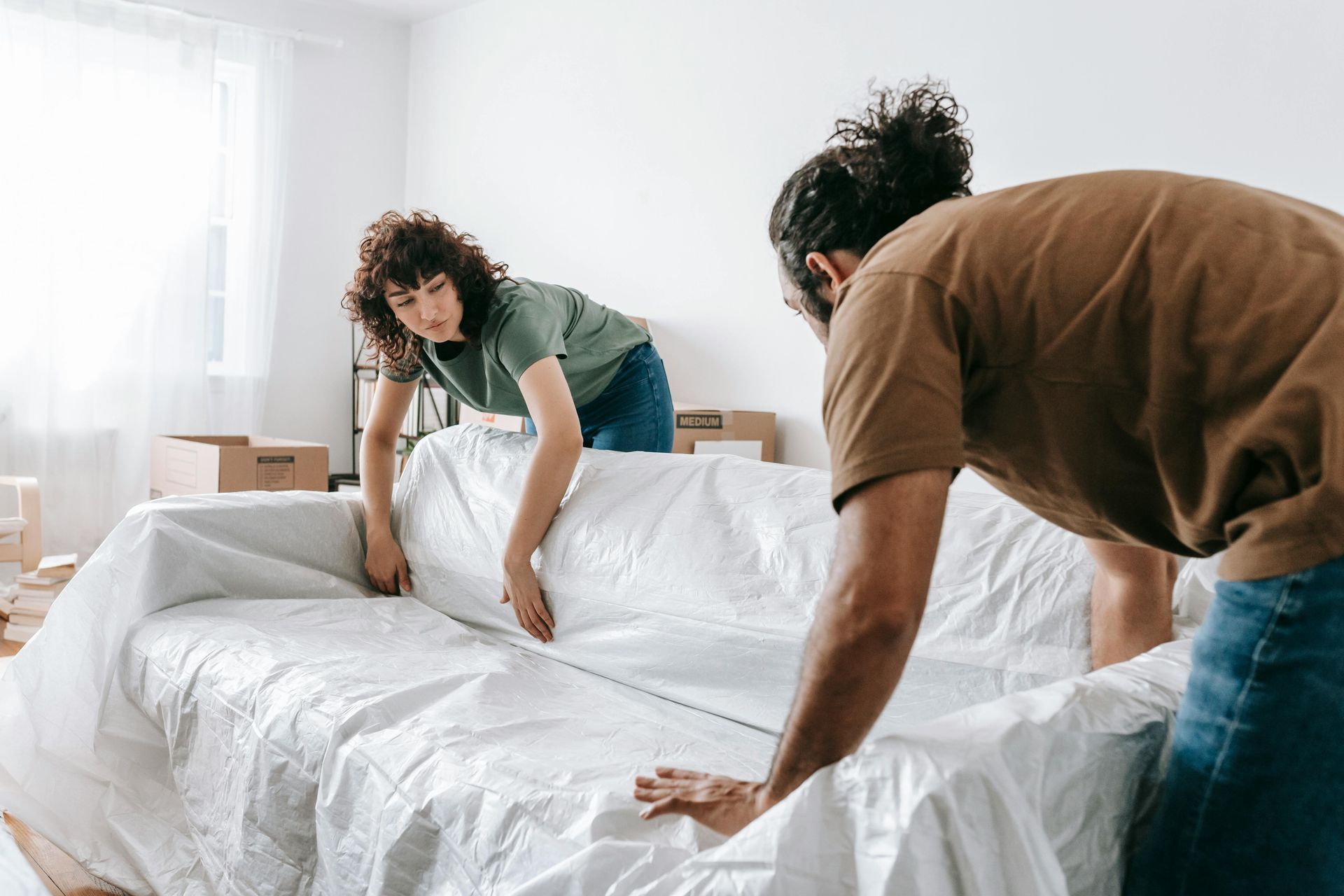When it comes to cleaning the Kitchen, it's not a simple task. The importance of maintaining a regular schedule cannot be overstated. This is a high-traffic area that must be kept clean at all times. As a result, you'll probably have to do a lot of cleaning. In order to get the most out of this, you'll need a schedule that's clear and dependable. You should have daily, weekly, and monthly responsibilities in your schedule so that you can always keep track of everything. If you follow these helpful hints, you will soon be looking forward to making your kitchen a sparkling sanctuary instead of being put off by the challenge.
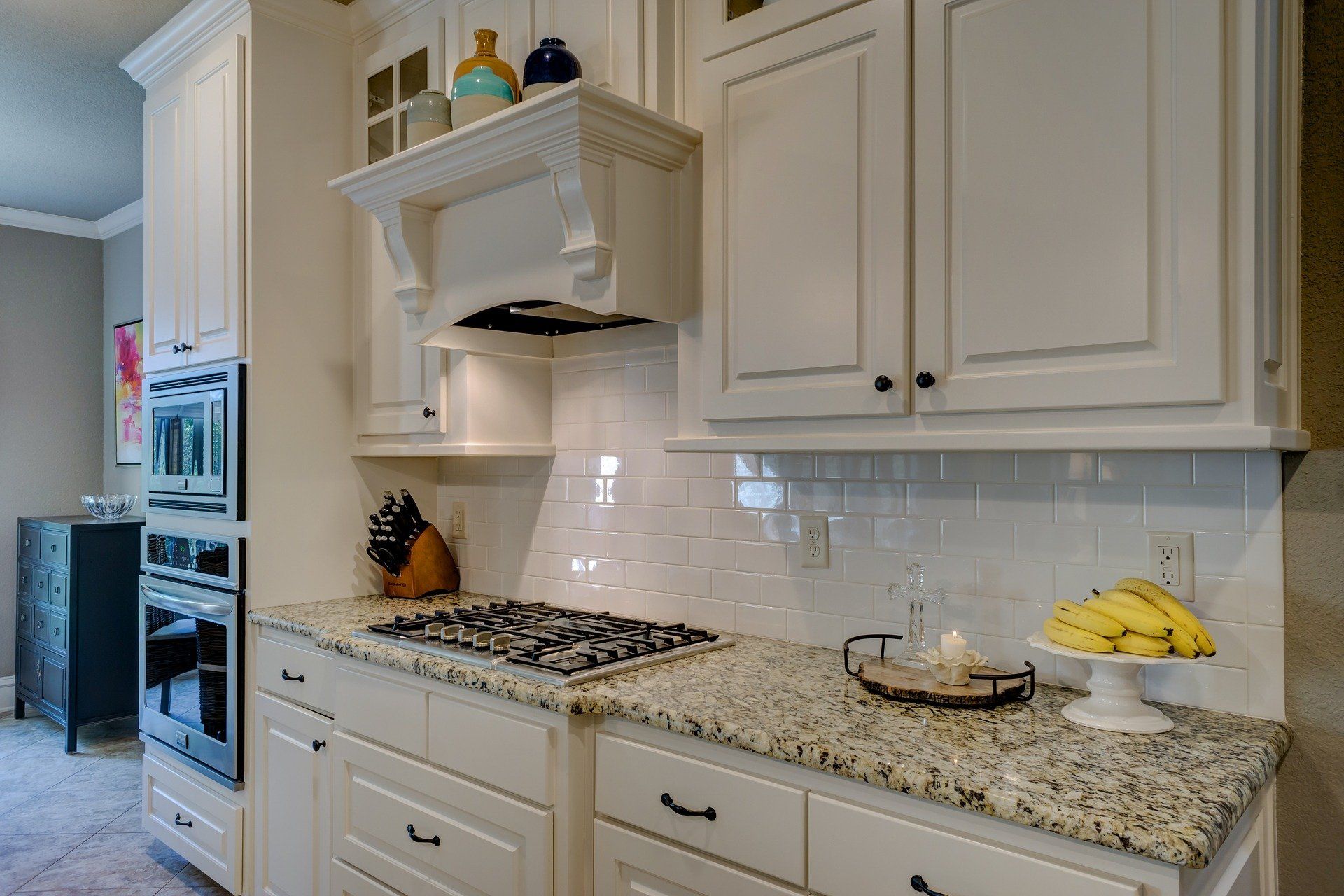
Wipe out surfaces in the kitchen, including counters and tables, to remove any sticky residue or crumbs that have accumulated. Make sure that each family has their own baskets of belongings, or collect all of the stuff together in a single basket for storage. At the entry, near the stairs, or in a small corner of the kitchen or living room, you should establish a permanent collection area. Toss everything that would typically be discarded in the trash into your baskets or other containers. Starting at one end of the room, carefully sweep the floor toward the center to remove any loose debris and hair. Clean the room one room at a time, sweeping everything into a single pile at the center. Remove with a dustpan and dispose of. After that, use your dust mop to get rid of any last traces of dust or hair. Use a damp mop to wipe down the entire floor and then let it dry.
Removing the oven racks, immerse them in a solution of soapy water, and then scrubbing them clean. Ventilate the kitchen while the oven is cleaning by opening the windows. Make use of the oven's self-cleaning feature. Make sure the door is locked before you leave! Takes 2 to 6 hours to go through. Using a moist rag, remove any ash from the oven when it has finished cooling and unlocked the door. Racks should be returned to the oven. Remove the oven racks and soak them in a solution of soap and water, then scrub and dry. Spray the sides, top, and bottom of the oven with a mixture of 12 cup baking soda and 3 cups of warm water. In 2 to 2 hours, check to see whether the burned areas have loosened up any glue that may have stuck to them. If necessary, reapply the spray and allow it to set for an additional period of time. Using a spatula or a chipper, remove any burnt spots and then spray the surface with a solution of half water and half vinegar. Wet rags can be used to clean the surface.
Hot soapy water should be added to the refrigerator sink. Clear the refrigerator and freezer of all food. Frozen products should be stored in a cooler. All expired, rotting or otherwise questionable things should be thrown away. All drawers, shelves and ice tray compartments should be cleaned with soapy water. Wipe off the insides of the refrigerator with a moist rag after spraying it with all-purpose cleanser. Replace the shelves and drawers in your home. Food should be put back into the fridge and the freezer. To polish stainless steel, use a dry rag and a polishing pad to clean the refrigerator's outer front, top, and sides.
Taking the heating coils and reflector bowls out of the stove is necessary. To loosen and remove caked-on gunk, soak the bowls in hot soapy water and scrub the coils clean with hot soapy water. With a moist cloth, wipe out the stove's surface and sprinkle baking soda over it. Use a sponge or rag to thoroughly clean. Dry well with a towel. Lift stovetop and clean underneath. Reflector bowls and heating coils can be returned to their original locations. Clean the knobs. If necessary, use a stainless steel polish. To loosen and remove caked-on gunk, remove the heating grates and immerse them in hot, soapy water. Then scrub them clean. With a moist cloth, wipe out the stove's surface and sprinkle baking soda over it. Use a sponge or rag to thoroughly clean. Dry well with a towel. Clean the knobs. If necessary, give any stainless steel a good polish. With a moist cloth, wipe out the stove's surface and sprinkle baking soda over it. Remove any caked-on filth by scrubbing thoroughly with a nonabrasive sponge or rag and a plastic scraper. Dry well with a towel. Then use a soft cloth to polish the surface to a brilliant shine. Clean the knobs. If necessary, give any stainless steel a good polish.
Fill a microwave-cleaning bowl with a solution of half water and half vinegar. Allow the water to boil for a few minutes so that steam forms and softens any remaining debris or residue in the microwave. Remove the bowl and use a wet sponge or towel to clean the sides, bottom, and top of the microwave. Disinfect the tray by soaking it in a solution of soapy water. If necessary, use a glass cleaner to clean the microwave's front and polish the stainless steel.
Remove the bottom rack from the dishwasher and examine the drain for any clogs or loose debris. Return the lowest rack to the dishwasher once you've sprinkled baking soda on the bottom. Empty the dishwasher and place the vinegar container on the upper rack. Use the hottest water setting on the dishwasher. Vinegar and water, when used together, will thoroughly clean and disinfect your dishwasher. If necessary, polish the stainless steel on the front of the dishwasher.
Fill a sink halfway with hot, soapy water and use that to clean the counters and appliances that sit on top of them. Remove the crumbs from the toaster tray by shaking it. All countertop appliances should be cleaned and the counters wiped down. You can use an all-purpose cleaner to wipe off the countertops. Glass cleaning or countertop spray can be used to enhance the shine of granite surfaces. Rinse the sink well with water. Use a sponge or moist rag to scrub the sides and bottom of the sink, as well as the faucet and caulk seal around the rim of the sink, with baking soda (if necessary). Allow it to rest for a few minutes before serving. Pour 1 cup of vinegar and 12 a cup of baking soda into the waste disposal. Rinse baking soda and vinegar with 4 cups of boiling water, then 4 cups of cooled disposal water. Place lemon halves in garbage disposal and run until they are smashed and removed. Using an old cloth, wipe off the sink and faucet thoroughly. Every day at the end of the kitchen Do the dishes, put them away and vacuum the floor as part of your cleaning duties. You can prevent the buildup of bacteria and filth on your
